What’s the problem with oxidation?
Fats and oils are essential constituents of dry pet foods. They contribute to their flavor, nutritional value, texture and palatability. However, they are highly sensitive to the phenomenon of oxidation.
The first problem with oxidation is that it is the source of unpleasant odors caused by rancidity.
And an oxidized pet food that develops a bad smell will immediately be perceived by pet owners as a sign of poor quality, or even a danger to their animals’ health.
And actually, pet parents are not completely wrong. Indeed, the second and maybe most important issue with oxidation is that it alters the chemical structure of lipids, making them less bioavailable for the animals.
So even though oxidation won’t kill a pet, it can certainly damage food’s nutritional value.
Limiting oxidation is thus crucial to preserve the organoleptic and nutritional quality of a pet food.
How to fight pet food oxidation?
Not surprisingly, the most convenient way to protect pet food from oxidation is to use antioxidants.
But the key point to efficiently fight oxidation is to make wise use of these ingredients.
Choosing the right place and the right moment for their addition is crucial.
Indeed, oxidation occurs as soon as lipids are heated or come in contact with oxygen, which happens at almost every step of kibble manufacturing.
That’s why antioxidants should be added as early as possible, as well as regularly throughout the process.
Antioxidants: where and when?
The fight against oxidation commonly starts at the renderer’s plant where antioxidants are added in with the raw materials used to produce the fats, the oils and the meals that will go in the kibble.
Additional antioxidants may also be added directly to the final meals and oils by the renderer prior to packaging.
The fight then continues at the pet food manufacturer’s plant. When meals and oils are stored for a long period before being processed, or if they have not been stabilized at the renderer’s facility, pet food manufacturers may add antioxidants to protect them during extrusion.
A final antioxidant application is generally done when fat is applied in top coating, to ensure lipid preservation during the entire kibble shelf life.
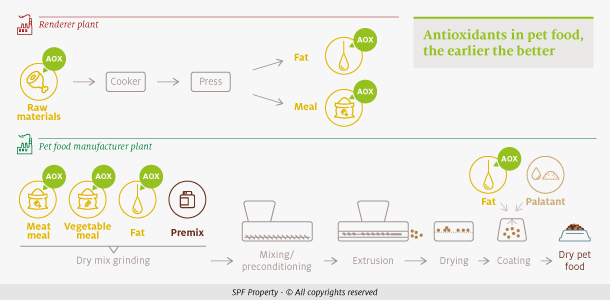
How do antioxidants work?
To understand antioxidant mode of action, it is important to know the mechanisms behind the phenomenon of oxidation.
Lipid oxidation is a three-step story.
When a fat is heated or if it comes in contact with oxygen or metals, the structure of its fatty acids is modified, leading to the formation of free radicals. This is the initiation phase.
The formed free radicals then react with other fatty acids to form hydroperoxides. It’s called the propagation phase.
Finally, during what’s known as the termination phase, hydroperoxides decompose into finished products of oxidation, including aldehydes such as hexanal, alcohols, ketones or short chain acids. These molecules are the ones responsible for unpleasant odors.
The problem is that once this mechanism has begun, there is no way to stop it. This is the snowball effect.
However, the use of antioxidants delays oxidative reactions and ensures the preservation of the organoleptic and nutritional properties of the product during its shelf life.
Antioxidants are classified as primary or secondary antioxidants according to their mode of action. Primary antioxidants catch free radicals, while secondary antioxidants can trap metals and oxygen or regenerate primary antioxidants.
To ensure optimal protection, the best strategy is to combine primary and secondary antioxidants.
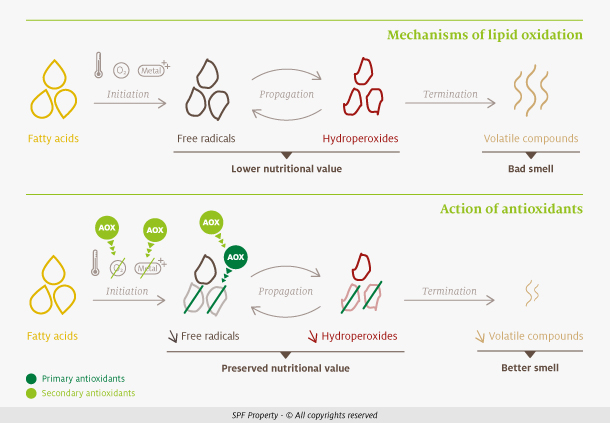
Synthetic or natural?
In the pet food industry, synthetic antioxidants are widely used to protect oils and fats, the most common ones being BHA, BHT and propyl gallate.
However, due to the possible adverse effects of synthetic preservatives on pets’ health, the consumer’s demand for natural antioxidants has tremendously increased in the past decade.
Consequently, new natural antioxidant solutions appeared on the market, some with performance even higher than synthetic solutions.
Which natural antioxidant is the most efficient?
Hundreds of molecules from plants, with various chemical structures, have been identified as effective antioxidants. However, due to availability, regulatory and economical constraints, only a few of them are currently used in the industry.
At Videka, we have confirmed the efficacy of several natural extracts in various pet food applications. Moreover, we have demonstrated that their ability to delay oxidation is even higher when they are combined.
Our range of products uses the synergy of natural extracts to improve oxidative stability of pet food products. It also combines primary and secondary antioxidants in order to reach an optimum control of oxidative reactions.
Can a single antioxidant solution be used in different pet food products?
There is no universal solution to protect pet food products. Indeed, antioxidants behave differently depending on the matrix to which they are added.
Water content, viscosity, temperature or porosity of the product being protected all highly influence the diffusion of the antioxidant molecules and thus their performance.
The way antioxidants are delivered in the product, through a fat-based or a water-based liquid or a through a powder, is also of great importance.
Different combinations of natural extracts, with different forms, must be designed depending on whether they will be added in fats, oils, kibbles, rendering meals, treats, or other ingredients or products.
And what about palatability?
Pets do not compromise when it comes to the taste and smell of their food.
It is thus legitimate to wonder if going from synthetic antioxidants, which are generally odorless, to natural antioxidants, which may have more marked smells, affects pet food palatability.
At Videka, we have demonstrated with cats and dogs that the palatability of diets containing natural solutions is equal to those of diets containing classical synthetic antioxidants or natural mixed tocopherols.
Effective as well as better for animal health, plant-based antioxidants are definitely an excellent solution to naturally preserve both a pet food’s quality and the pet’s tasting experience.
Take-home points
- By altering the structure of lipids, oxidation makes pet food less nutritious to pets and generates rancid odors offensive to owners.
- Limiting oxidation is crucial to preserving the organoleptic and nutritional quality of a pet food.
- Early use of antioxidants in raw materials, and then regularly all along the kibble manufacturing process, makes it possible to limit oxidation.
- Plant-based antioxidants combining synergistic natural extracts can successfully preserve a pet’s health and tasting experience while meeting owner demand for naturalness.
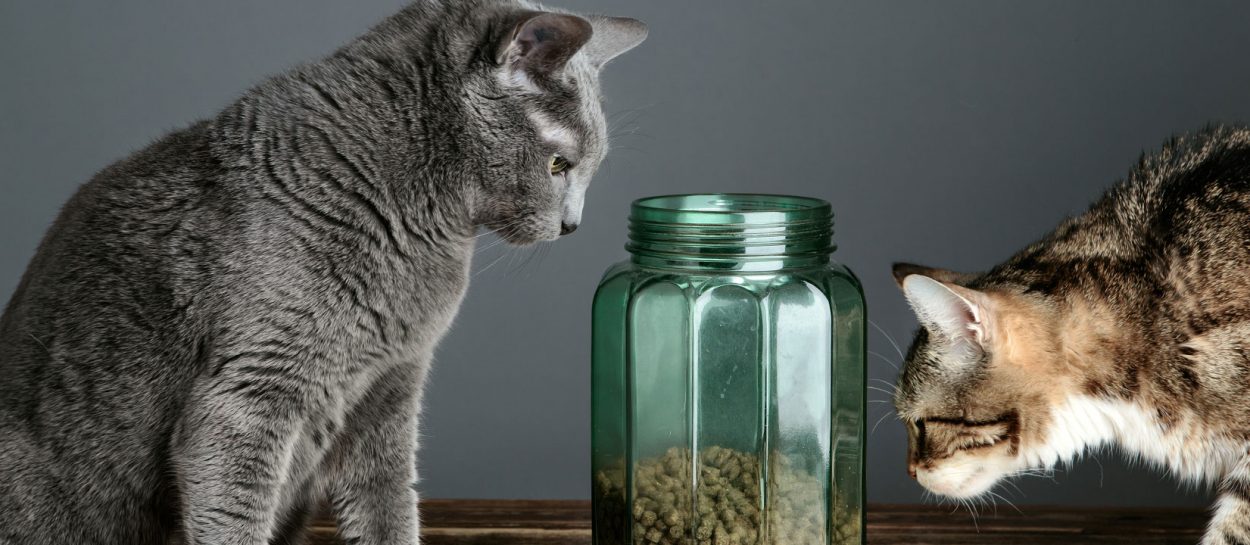

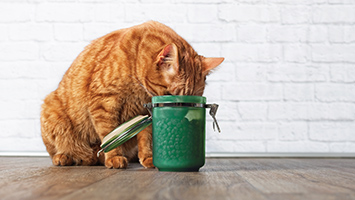
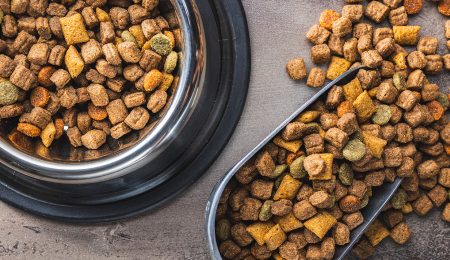
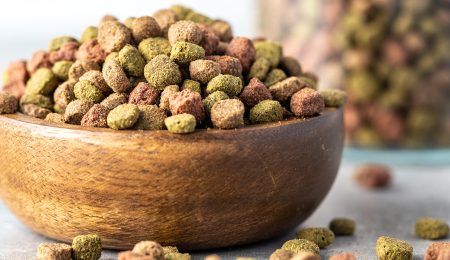
* required fields